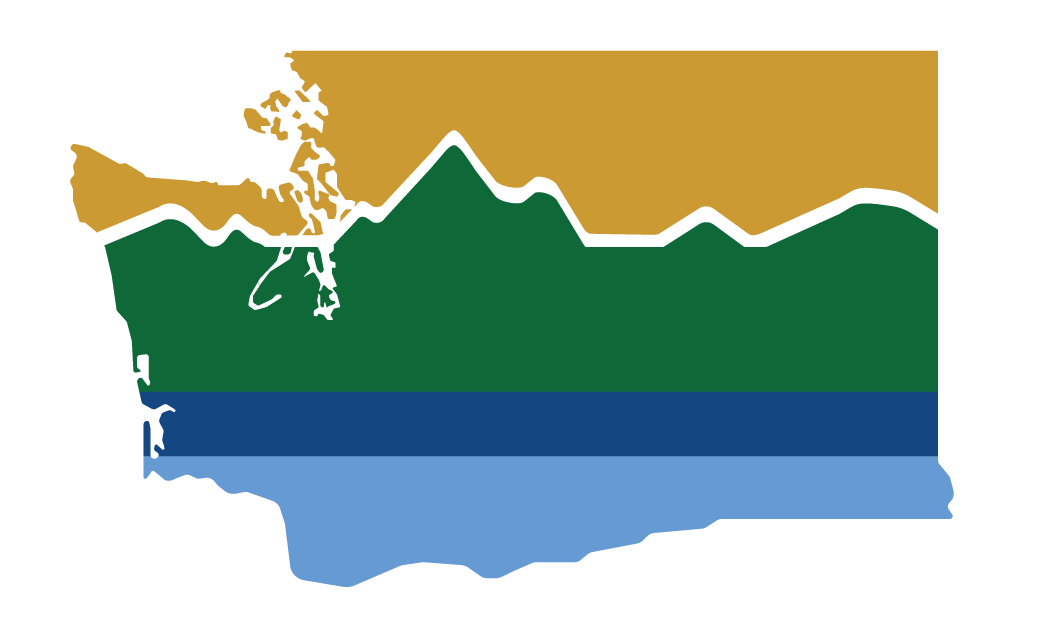 | WAGISAWashington GIS Association |
The Summit Scoop is the digital blog for all things Washington GIS! New content will be added regularly! The Summit Scoop is to designed to foster the exchange of news and ideas from and for the entire Washington GIS Community.
|
|
View Previous years of the Summit NewsletterView previous versions of the Summit when it was a pdf newsletter. |
20222018201420102006 | 20192015201120071999/1998 |
